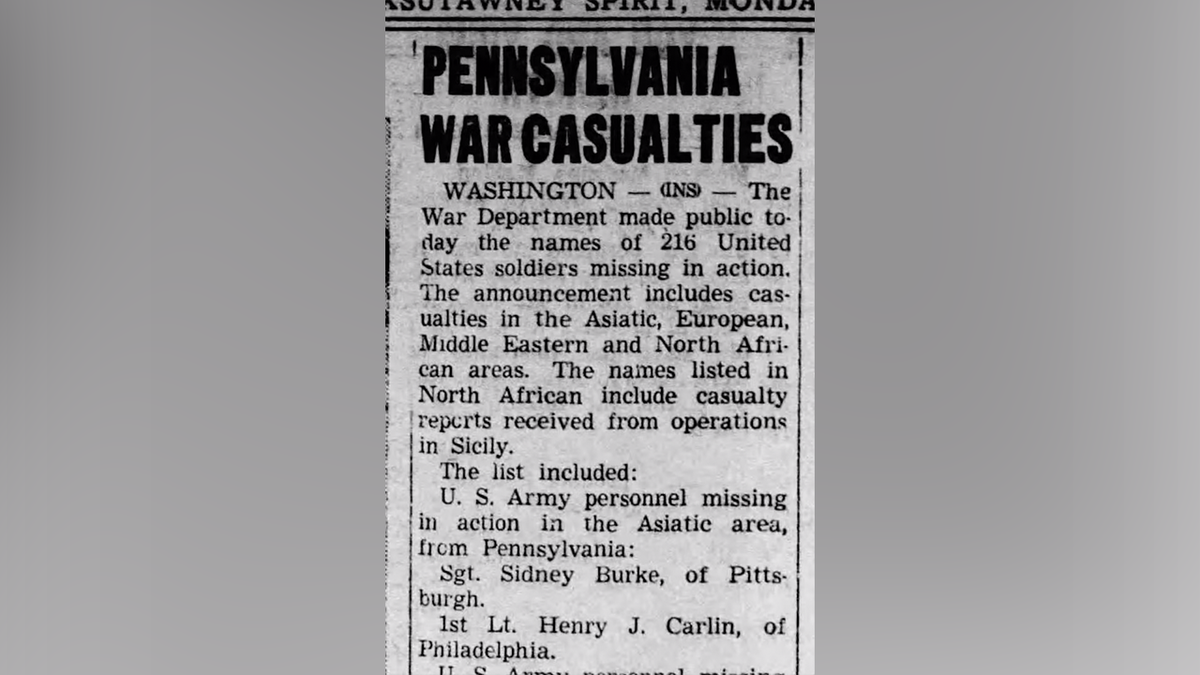

For all the “sky-is-falling” cries over President Donald Trump’s tariffs, it looks like his strategy may be working — just as his Aug. 1 deadline nears.
In the past week, the Trump folks struck deals with Japan, Indonesia and the Philippines — and may be on the verge of a deal with Europe: On Friday, the prez cited a 50-50 chance of reaching an agreement with the European Union.
These developments — on top of previous deals with Vietnam, the United Kingdom and a framework on rare-earth exports and tech restrictions with China — go a long way toward standing up Trump’s vision for the international economy, with better terms for America.
And at least so far, no catastrophic fallout. Heck, the nation looks poised to benefit enormously on several fronts.
Trump’s deals in Asia, for starters, reopen US access to cheap markets, sidestepping China, our greatest economic and military rival.
Indonesia and the Philippines will pay 19% tariffs on their exports to the United States and levy 0% tariffs on more than 99% of US goods.
Japan will see 15% tariffs and invest more than half a trillion dollars into the US economy.
Washington will also slap fewer restrictions on Indonesian, Filipino and Japanese goods, everything from cars and clothes to electronics and rubber.
And now EU officials are signaling their support for a deal that would mirror the one Trump made with Japan — reciprocal tariffs of 15%.
Notably, the EU includes 27 countries in a shared common market, representing the largest singular trading bloc for the United States.
The EU deal would clearly benefit US consumers looking to buy, say, French wines or German cars, and also US producers seeking wider access to the European markets.
Meanwhile, the resolution of trade issues with so many countries will calm markets and bring confidence and stability to the business community.
As for the predicted inflation, it’s nowhere to be seen: June’s consumer price index came in at a reasonable 2.7%. Recall it hit 9% under Joe Biden.
That’s partially because corporations, unsure of whether high tariffs will remain permanent and nervous about hiking prices, have absorbed most of the tariffs’ costs, at least for now.
More good news: The tariffs brought in $64 billion in revenue for the government in just the first three months since Trump’s April 2 “Liberation Day” announcement.
He’s suggested issuing “rebates” based on that haul, but far better to use the new revenue to pay down the runaway national debt.
Yes, there’s plenty more to do: Team Trump needs to finalize agreements with Canada, India and Mexico, along with the EU, and numerous smaller countries, before the president’s across-the-board reciprocal tariffs hit Aug. 1.
So considerable uncertainty remains.
But clearly the signs are good, at least so far — despite all the doomy predictions.



